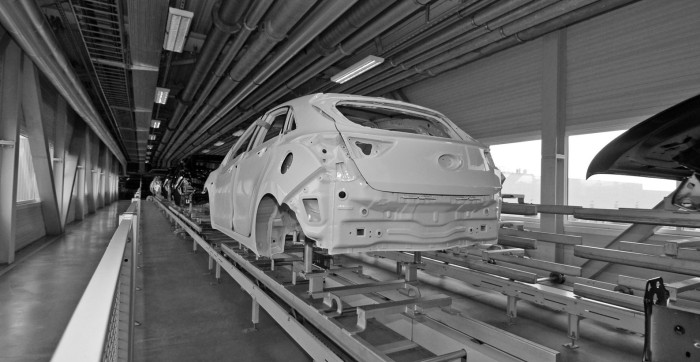From coatings and inks on interior plastic parts, markings and conformal coatings on electronic components to under-hood metal and plastic components, and even exterior glass, plastic and metal parts such as body trim and headlamp lenses.
UV coatings and inks provide excellent scratch resistance, good adhesion, and chemical resistance for long lasting, durable coating and marking applications. The lower curing temperatures and nearly instantaneous cure often enable coating and curing assembled and/or heat sensitive parts and moving on to next processing steps without delay.










